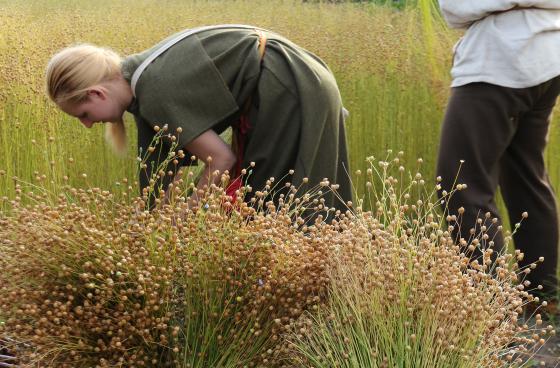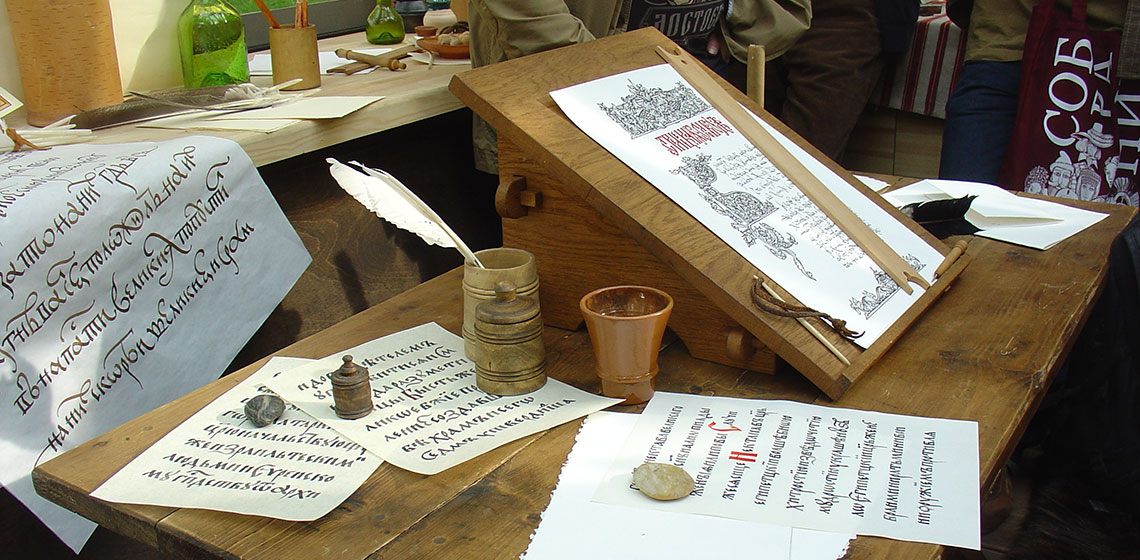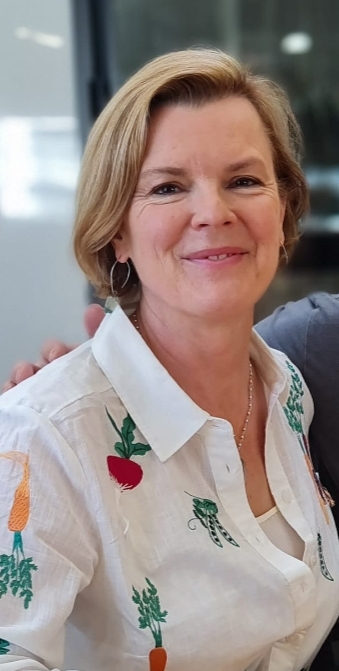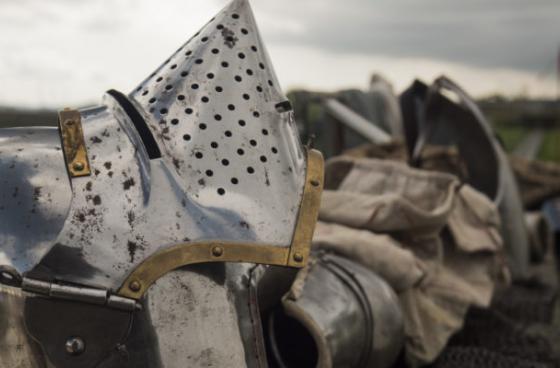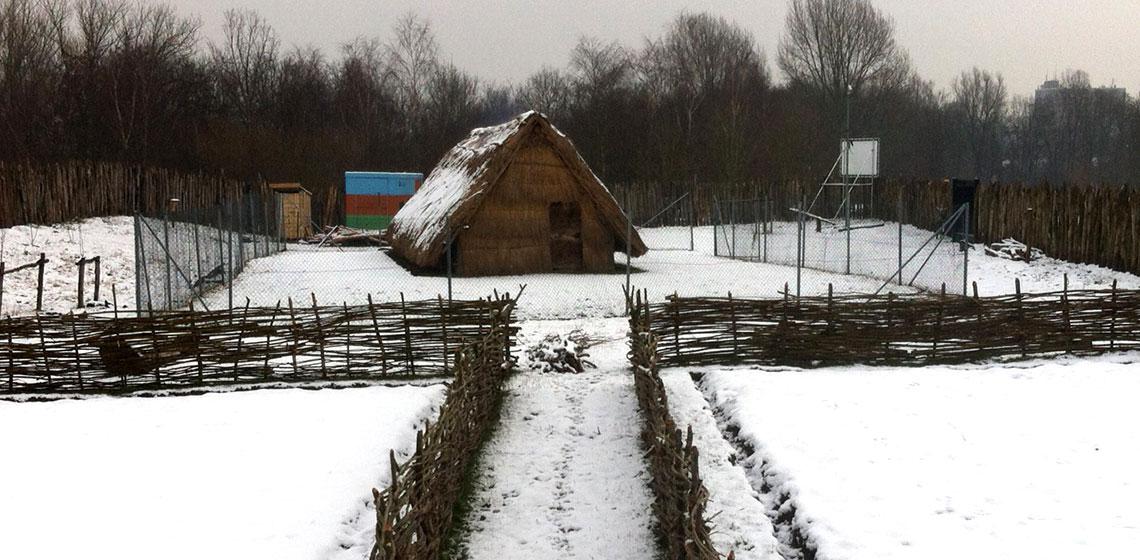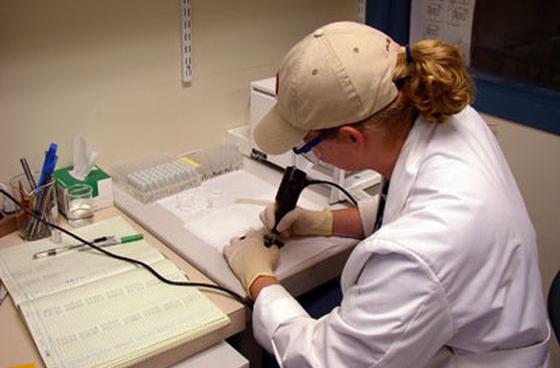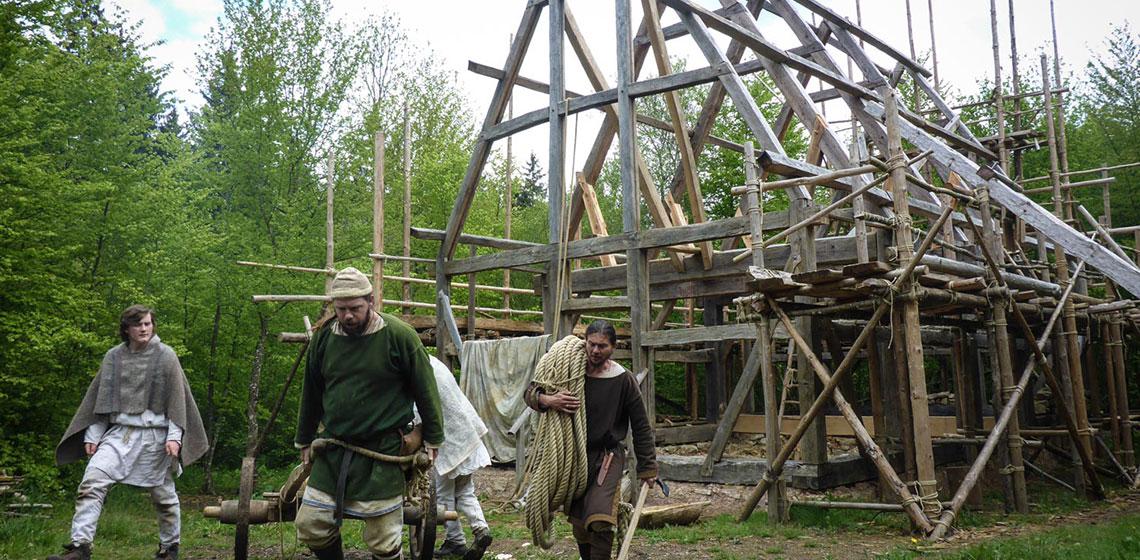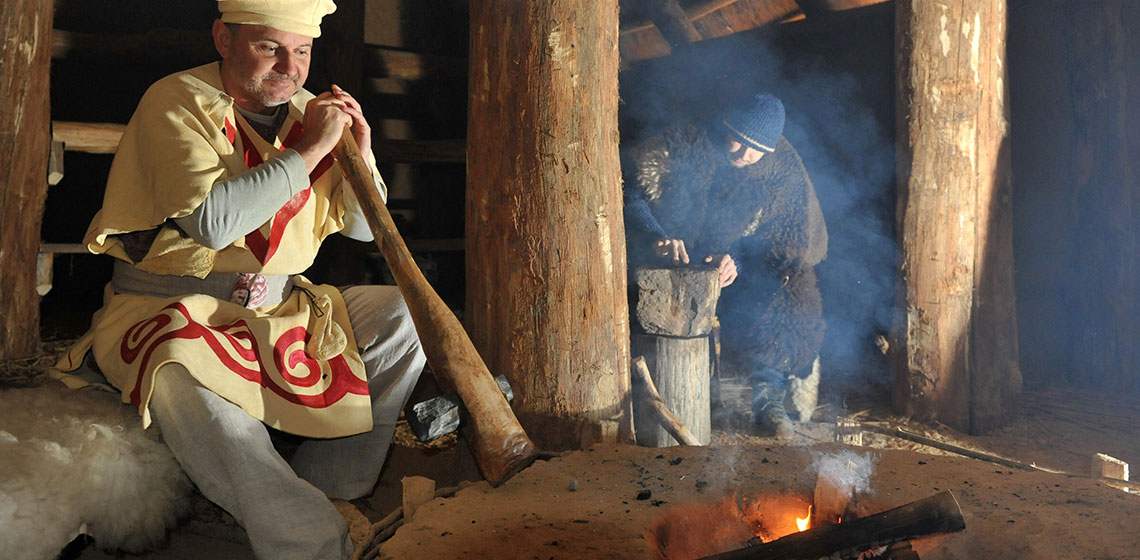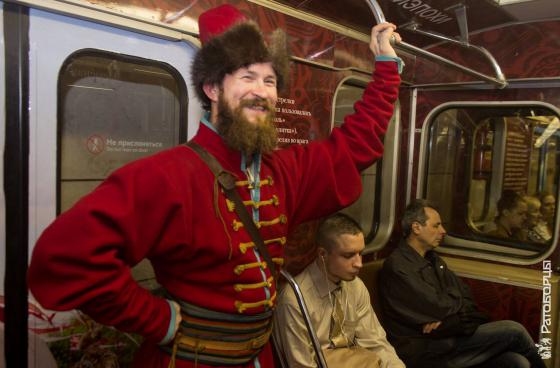Vlaardingen, not far from Rotterdam hosts a large nature reserve, called Broekpolder. Its size is 400 hectares (almost 1,000 acres), a quarter of the surface of Vlaardingen Municipality. It is an area for walking, mountain biking, et cetera. Masamuda aims to offer children and other people with an interest in the regional archaeology a real-live insight into past settlements in the Dutch delta.
2006, a civil initiative started to prevent the Broekpolder from being overbuilt with new houses. Citizens and the local municipality now cooperate in developing this area. One part of Broekpolder is an archaeological education zone, Masamuda. Vlaardingen has an archaeological past going back very long. Masamuda is meant to reconstruct dwellings from all periods, Stone Age until more recent times. The first house was built in summer 2016, a so called Vlaardingen Culture House.

